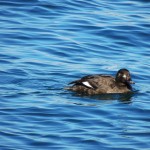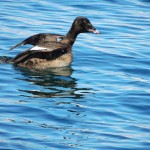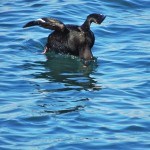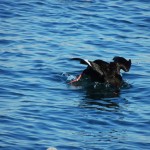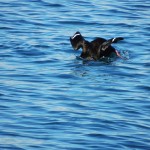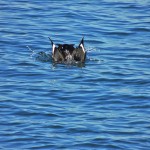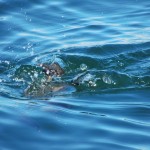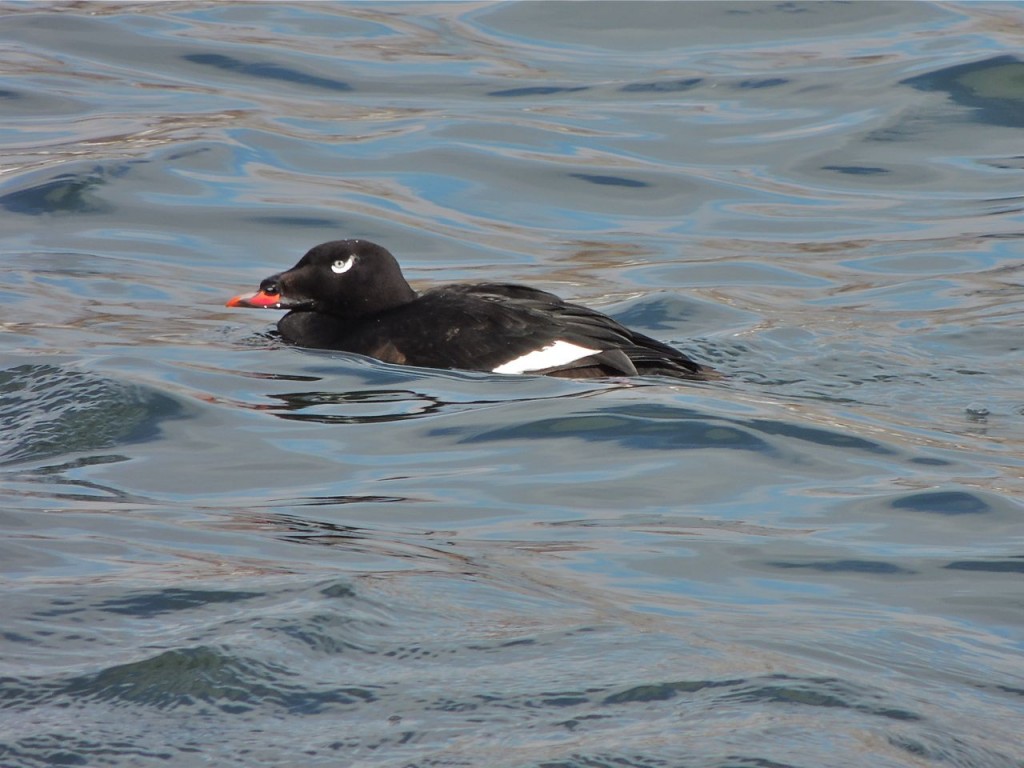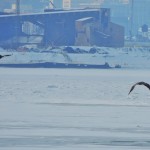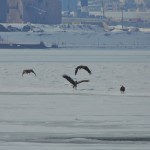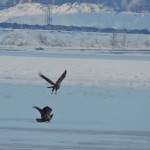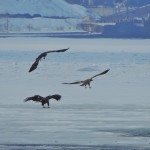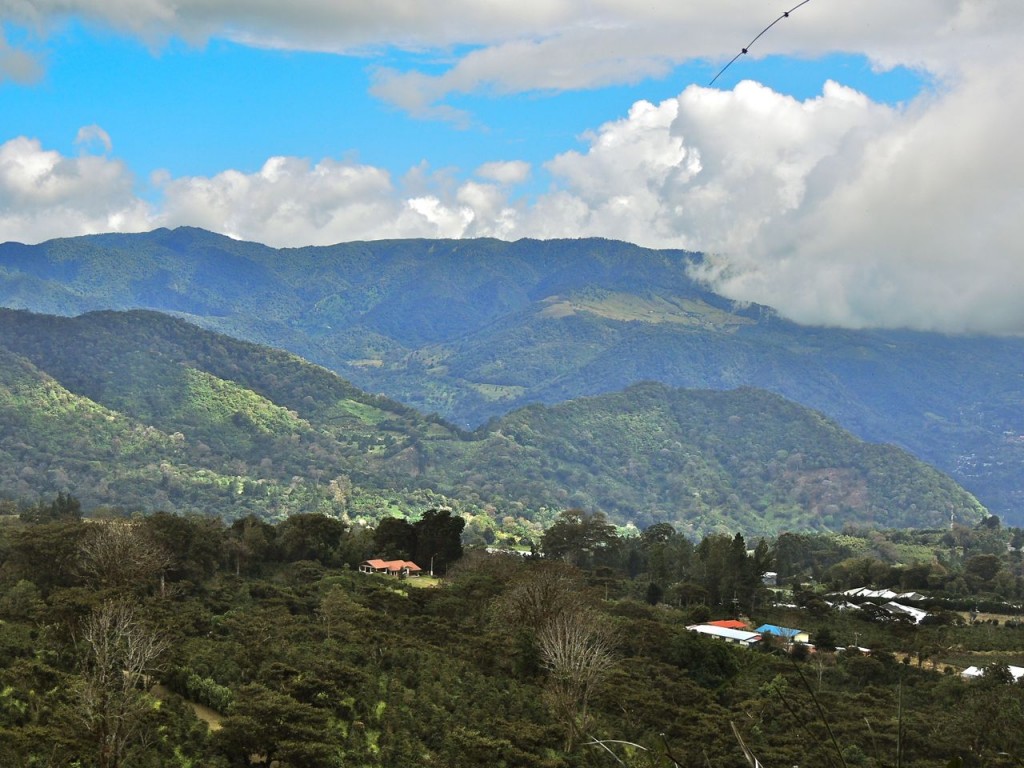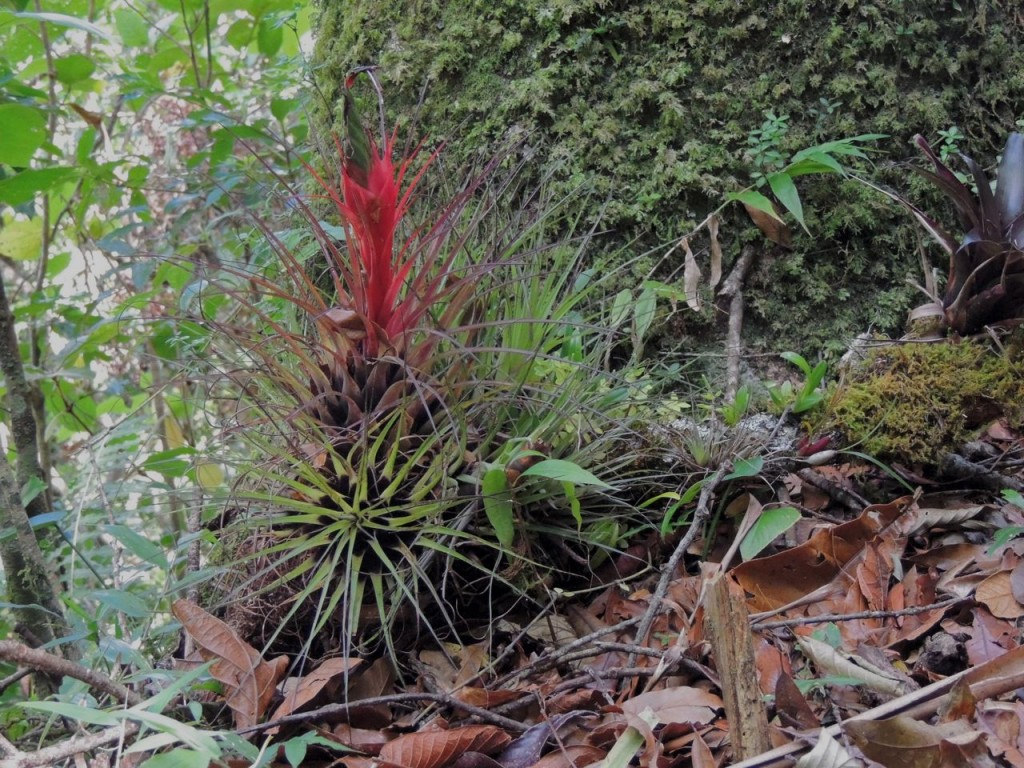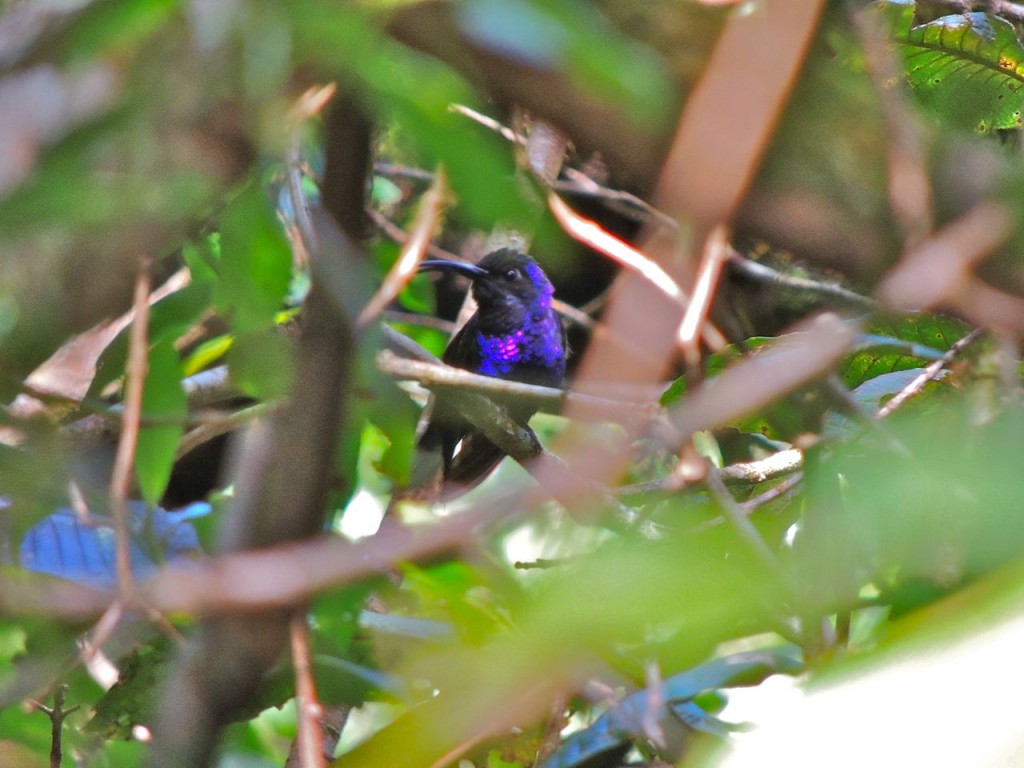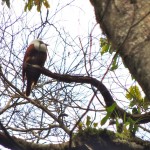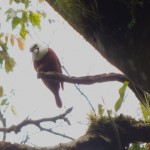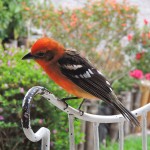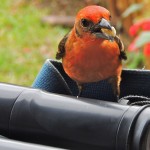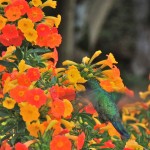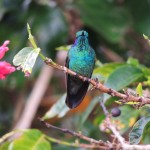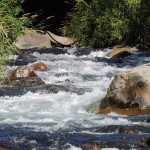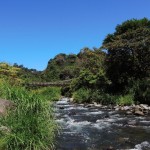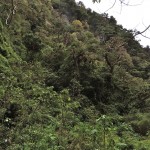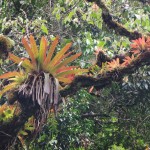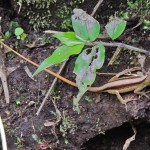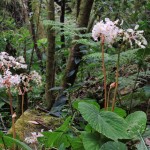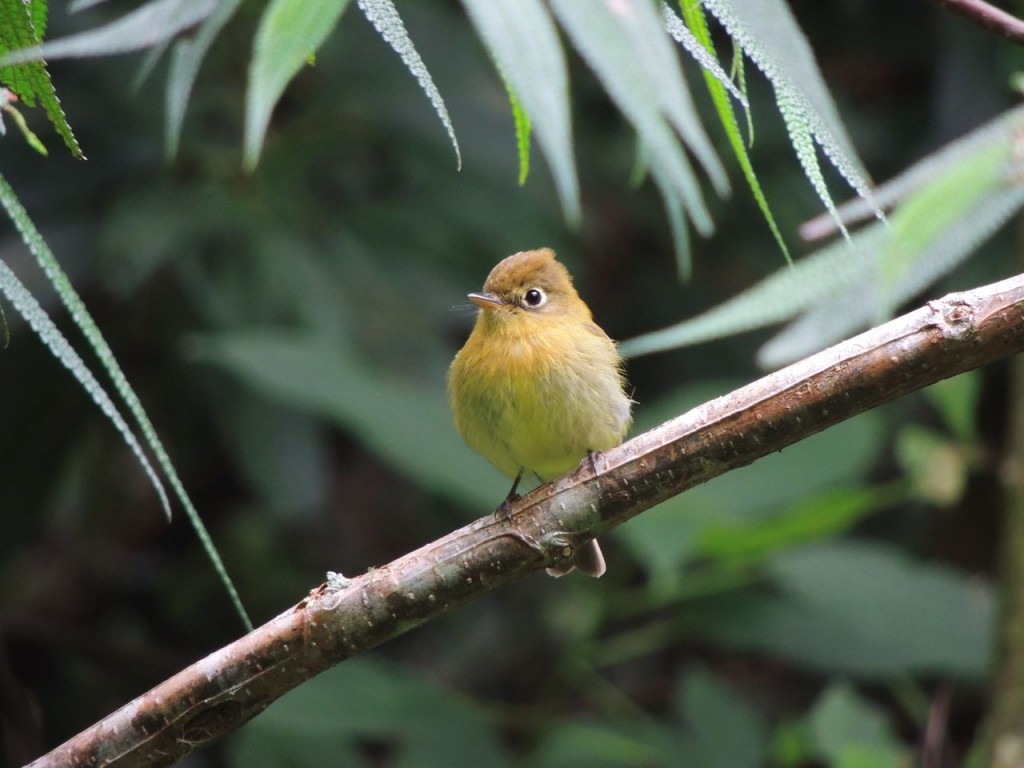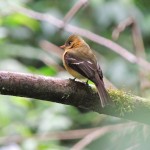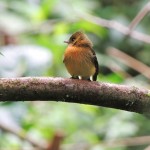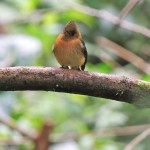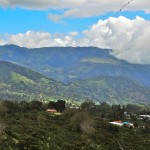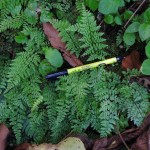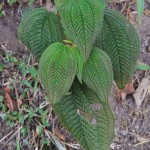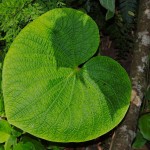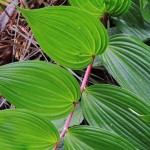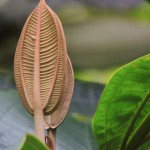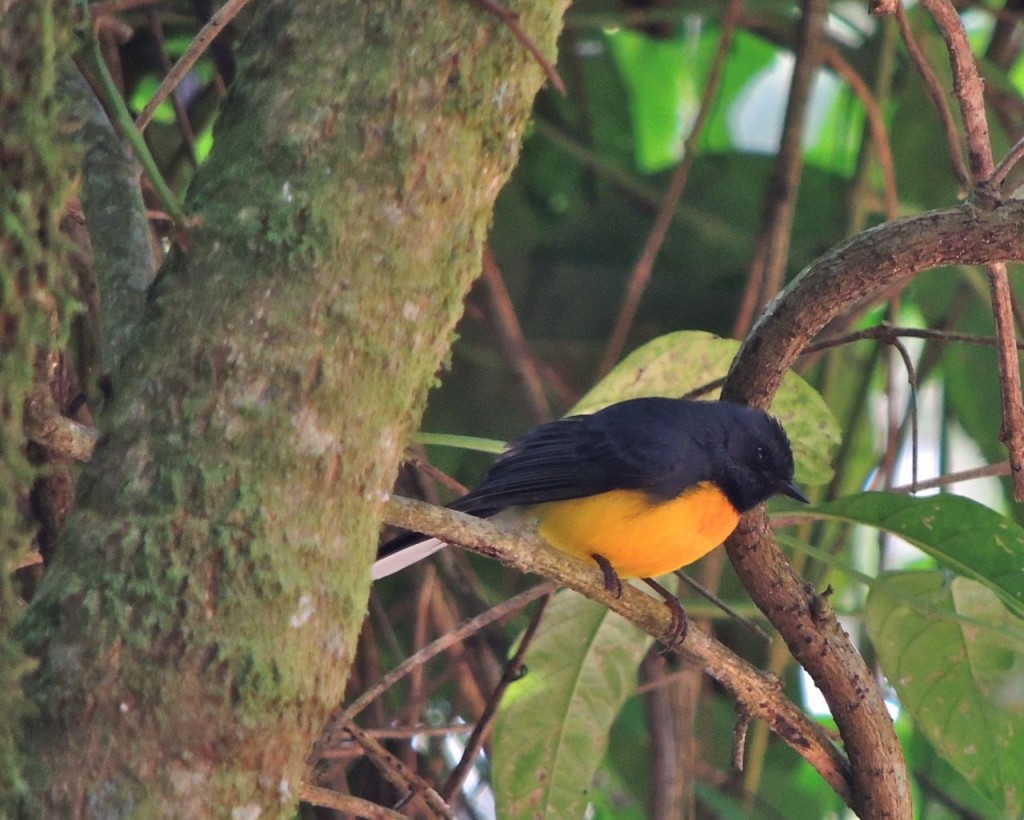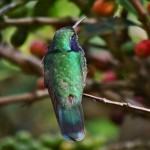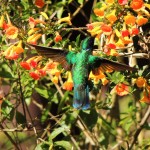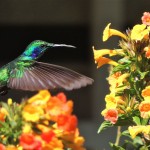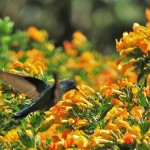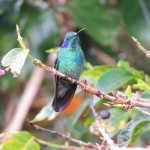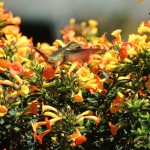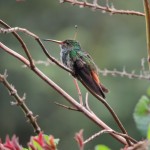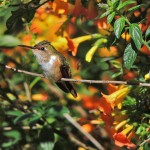9 March 2015 Burlington, ON. The morning started well for me with a Carolina Wren singing boldly just outside our front door. Like a nearby Northern Cardinal, also in full song, it was commenting, as only they know how, on the change in weather. This day dawned bright with temperatures well above freezing. It must have been our change to daylight saving time that made it warm enough for rivulets of melt-water to appear everywhere.
Looking back at my notes, and photos from a year ago, I could see that we’re at about the same point in the reemergence of light and life. I headed off to a couple of favourite lakeside sites. Naturally it was pretty much as expected, a little less ice-free than last year but a day or two of warmth will make a lot of difference. At a nearby marina were many Lesser and Greater Scaup, Long-tailed Ducks and White-winged Scoters all diving for food.
I spent quite a long time trying to capture photos of White-winged Scoters in the act of diving. It was surprisingly difficult because it all happens so quickly. After many missed shots I began to anticipate the process. Over the span of a second, or maybe two, a White-winged Scoters goes from a rather placid, barge-like posture to: sit-up-and-pay-attention, brief neck stretch, minor wing-spread – and then dive; gone. I realized that the sit-up-and-pay-attention moment was my cue to press the button. There was always a momentary camera pause to allow for, but it worked and I brought home an entertaining and vaguely instructive collection of shots on how to make diving look easy.
Later I stopped to check on our local pair of Peregrine Falcons. One of them, I couldn’t tell which, was on a ledge near the top of the bridge superstructure where they have their nest site. I watched it through binoculars for a long time; it seemed to be unusually attentive as if anticipating something. I wondered if it was on guard duty and scanning the skies for unwelcome visitors; territorial peregrines will aggressively chase off any other hawks or falcons that come anywhere in sight.
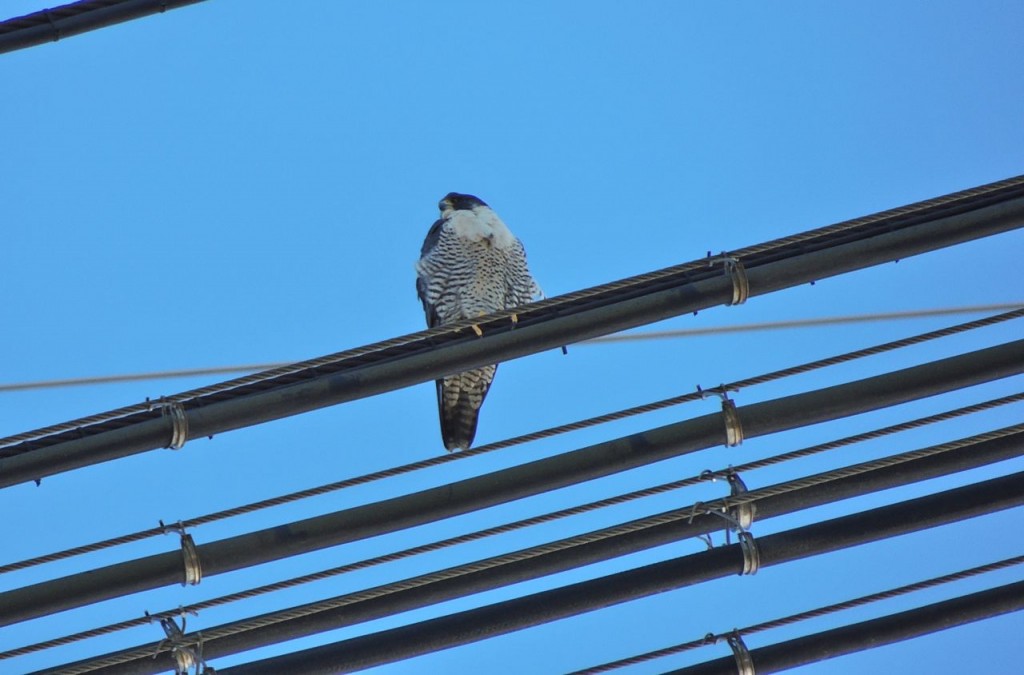
Eventually it launched itself off the ledge and flew to land on a large cable directly overhead. So directly overhead that I had to move quickly to avoid an unwelcome shower of Peregrine poop; not everything about peregrines is awe-inspiring. As I regained my composure, a second peregrine swept in, calling as it flew, came to a fluttering stall and promptly mounted and copulated with the bird overhead; an unusual viewpoint, but at least I now knew that it was the female I’d been watching for so long.
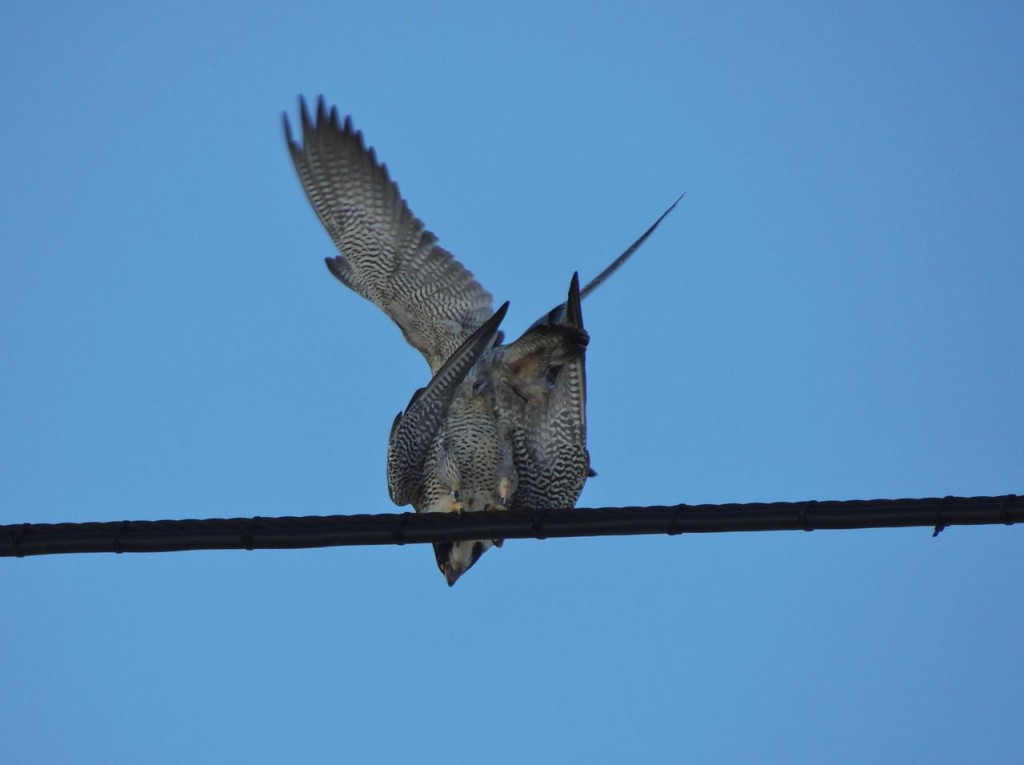
Reflecting on the morning, it’s hard to be sure which of the three sightings gave me the greatest pleasure: the spring-heralding Carolina Wren, the diving White-winged Scoters or the mating Peregrine Falcons. Interestingly each, for various reasons is a bit of a newcomer: The Carolina Wren is a species that has expanded its range into this part of Ontario as recently as the last twenty years, perhaps in response to milder winters. The White-winged Scoter and many other winter duck species were virtually unknown as Great Lakes winter residents, again until about twenty years ago. Now they overwinter here in their hundreds of thousands feeding on the vast colonies of invasive Zebra Mussels that have become established. And the Peregrine Falcon is the poster child for bringing a species back from extinction; they were virtually eliminated from the landscape by the use of DDT. As the rescue bird it was my Bird of the Day.
